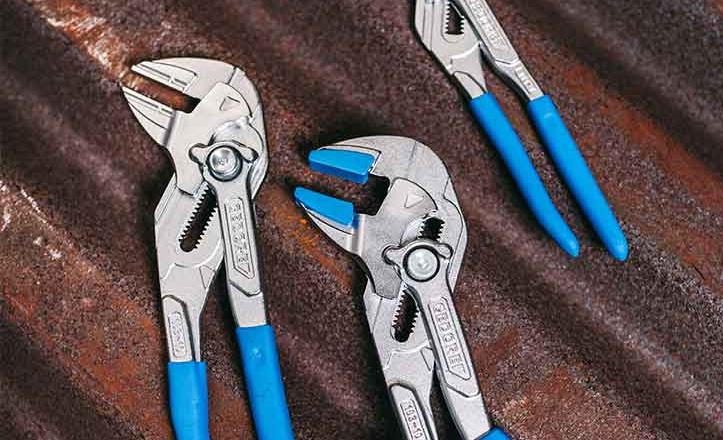Tool knowledge questions assess your ability to identify and/or determine the uses for common types of tools (e.g., hammers, wrenches, pliers, etc.). Having familiarity with a wide range of tools is your best preparation for answering these types of questions; however, even if you do not have experience with some tools, you can apply many of the same principles discussed in previous sections of this guide to answer questions. In this section, we will present typical types of tool knowledge questions including tool identification and tool usage.
Tool Identification
These types of questions ask you to identify common tools.

Solution Pointers for Tool Identification questions:
· If you are unfamiliar with the tool, evaluate the responses to see if there are any that you can eliminate because you have knowledge of them.
Tool Usage These types of questions require you to identify the uses for different types of tools.

The answer is B. If you already knew which of the tools would be best for the purpose, then answering this question would be straightforward. If you had no such knowledge, you could use some of the principles of mechanical reasoning to answer the question. For example, as suggested by its name, a hex-head bolt has six sides, as in a hexagon. Using a sketch of the bolt (pictured to the right) to help you determine what kind of tool is needed to tighten or loosen it, you could figure out that you only need to grasp two sides of the bolt to turn it. Both Tool A and Tool B appear capable of grasping two sides of a bolt, so you cannot yet eliminate one of them. However, you could also observe that Tool B has a wheel and axle that probably help to adjust the width of the opening. Thus, Tool B could be adjusted to fit bolts of various sizes and remain fixed at the appropriate width while it is used. Tool A, on the other hand, would require constant manual pressure to maintain the appropriate width to match the bolt. Thus, Tool B would be better than Tool A for the specified purpose.
Solution Pointers for Tool Identification questions:
· Determine what specific action must be accomplished.
· Visually inspect the tools to determine which can perform the specific action. If each tool seems capable, assess how they differ in order to identify the best one.
Tool Knowledge Summary
While understanding the principles of mechanical aptitude can help you answer questions related to tool knowledge, having familiarity with a wide range of tools is your best preparation for answering these types of questions. Seeking out opportunities to perform mechanical tasks, observing others performing mechanical tasks, or watching home improvement, auto mechanics, and similar types of programs on television can be beneficial in helping you become more familiar with tools.


